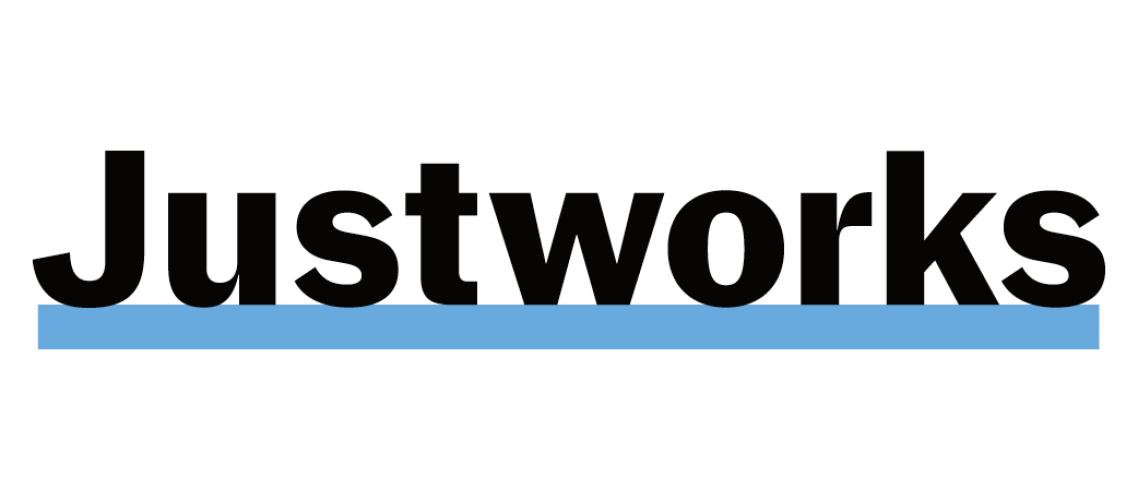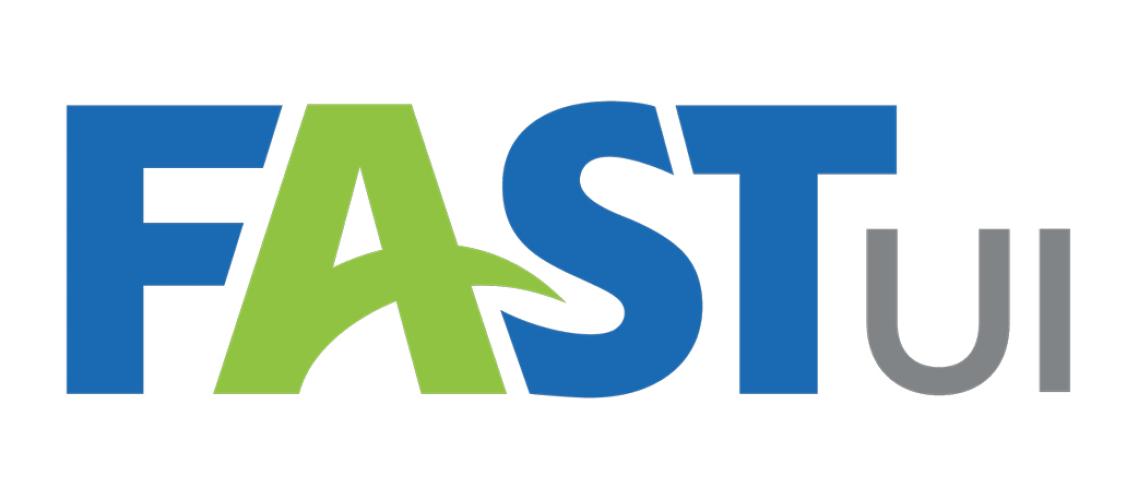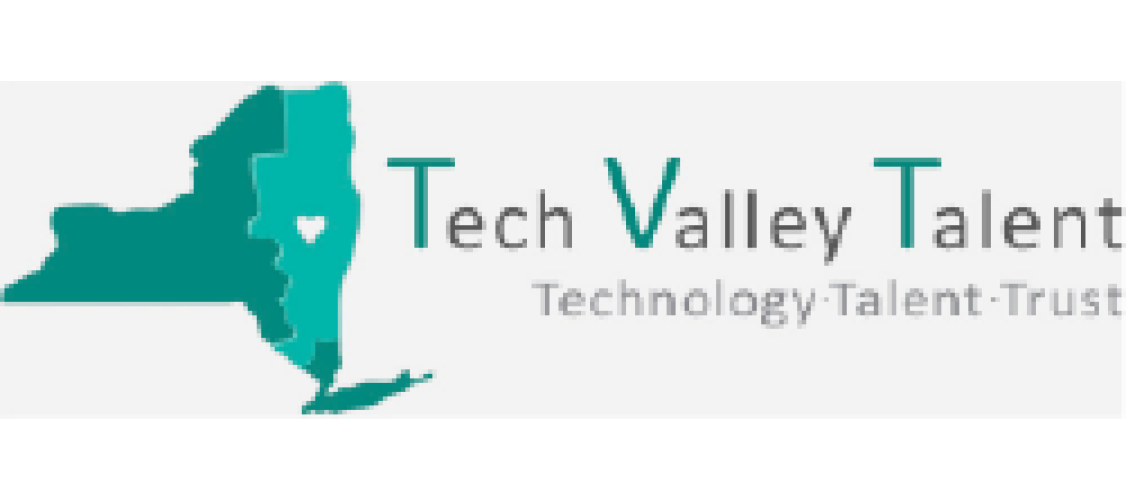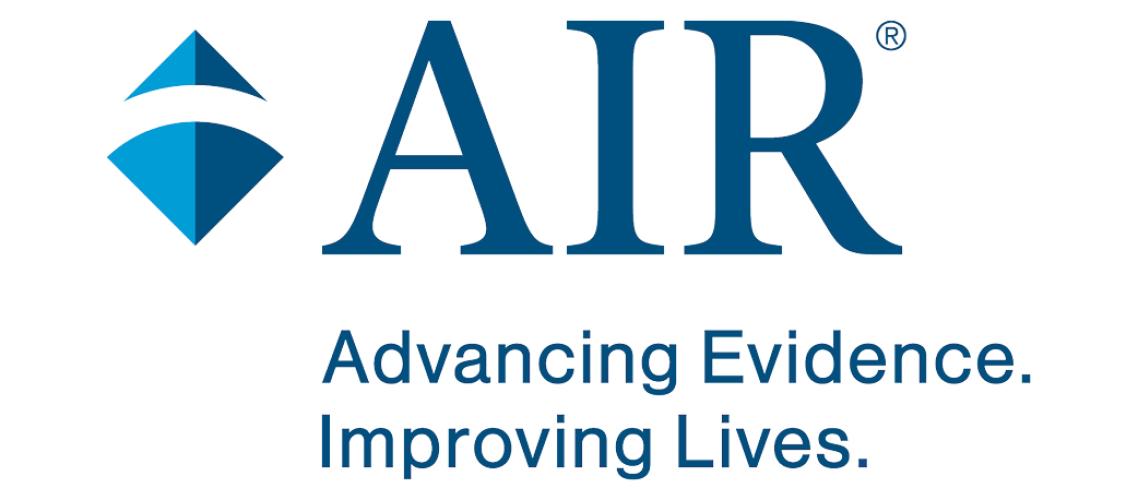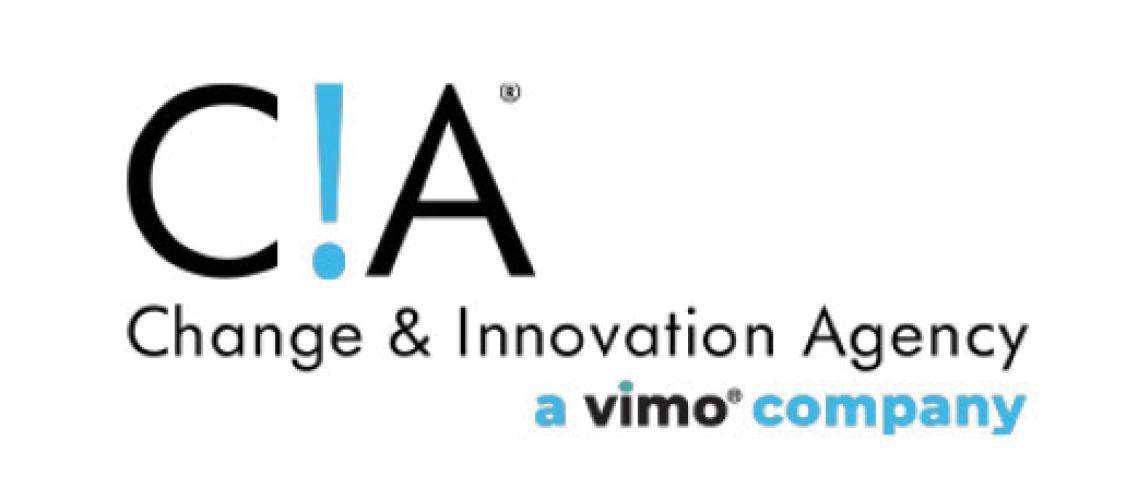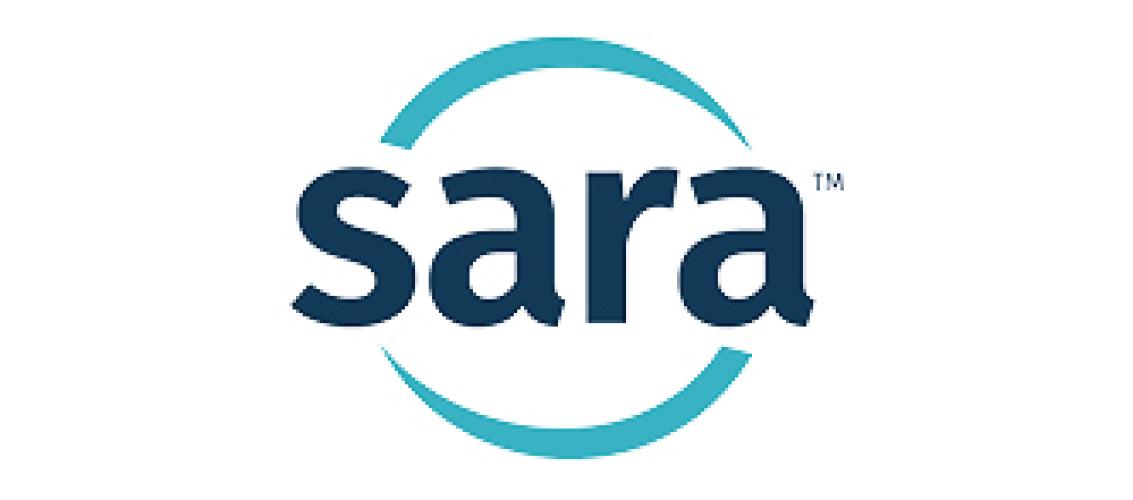NASWA Response to USDOL's RFI on Sector Strategies
Hannah Jenuwine, Workforce Analyst
U.S. Department of Labor
Employment & Training Administration
Office of Workforce Investment
Division of Strategic Investments
Re: RFI: Sector Strategies to Meet Critical Workforce Needs across Industries
Dear Ms. Jenuwine,
The National Association of State Workforce Agencies (NASWA) appreciates the opportunity to comment on the U.S. Department of Labor’s Request for Information on Sector Strategies to Meet Critical Workforce Needs across Industries.
As a non-profit and non-partisan organization whose membership is comprised of workforce agencies in all fifty states, the District of Columbia, and U.S. territories, NASWA brings a unique and diverse perspective to the challenges facing our nation’s workforce. Our members are on the frontlines of policy development and service delivery for programs as varied as workforce development, unemployment insurance, and labor market information.
Increased federal support for sector strategies is an important issue for our members. In fact, NASWA included sector strategies in our 2023 Legislative Priorities, recommending that the federal government “establish new dedicated funding for states to create and scale statewide and regional sector strategies.”
I have included additional information below but wanted to emphasize the importance of this issue for our members and the expressed interest state workforce agencies have in supporting future sector strategy initiatives.
Thank you for your thoughtful consideration of our comments and know that we welcome the opportunity to engage on this important issue further.
Sincerely,
Scott B. Sanders
NASWA President and CEO
NASWA's RFI Responses
USDOL RFI Section 2k
What specific role should the public workforce system play in developing, expanding, and sustaining sector partnerships?
NASWA Response
The public workforce system and state workforce agencies, in particular, have an important role to play in developing, expanding, and sustaining sector strategies. As examples, state workforce agencies: (1) play a key coordinating role across states, regions, and local workforce development areas; (2) build vital connections between the public workforce system and state- level partner agencies (e.g., state human services agencies, state economic development departments, and state departments of corrections); and (3) provide important data and analytical capacity via state Labor Market Information (LMI) shops. The recent establishment and expansion of Multi-State Data Collaboratives is just one example of how state workforce agencies are driving collaboration across regions and state borders to address shared challenges.
As such, NASWA recommends that the U.S. Department of Labor both encourage and incentivize a key statewide leadership role for, and partnership and collaboration with, state workforce agencies in future sector strategy initiatives, including future funding opportunities.
USDOL RFI Section 11a
What are the biggest challenges to developing and sustaining effective sector strategies?
NASWA Response
- Intermittent, Competitive Funding Opportunities Hinder Long-Term Capacity Building While NASWA appreciates the Administration’s proposal to make significant investments in sector strategies, we strongly encourage the U.S. Department of Labor and its federal partner agencies to avoid intermittent and episodic competitive funding opportunities and instead establish a reliable, adequate, and dedicated funding stream for sector strategy work. Intermittent and episodic competitive funding opportunities pose a range of challenges to state workforce agencies and their local partners, especially agencies in small states with more limited capacity. Examples of these challenges include: (1) the staff and resources required to apply for competitive grants; (2) recruiting and retaining high-quality staff for programs with short-term funding; (3) building long-term relationships with industry partners, community organizations, and other key stakeholders; and (4) elevating and institutionalizing this work within state workforce agencies and their government partners. Overall, intermittent and episodic competitive funding opportunities are inefficient, hinder the development of long-term strategy and capacity building, and prevent the scaling and replication of successful initiatives across regions and states. As such, we recommend that the federal government establish a dedicated funding stream to support statewide and regional sector strategy work.
- Limited Flexibility in Use of Funds Stifles Creativity, Innovation, and Overall Success Overly-restrictive and burdensome limits on how federal funds can be used to support sector strategies pose another significant challenge. Potential downsides of inflexible funding requirements include: (1) limiting the ability to serve the full range of priority, at-risk, and underserved individuals; (2) hindering the provision of the full suite of wraparound support services that are vital to expanding access to employment and training opportunities; and (3) preventing the creation of innovative public-private partnerships. Accordingly, we strongly encourage the U.S. Department of Labor and its federal partner agencies to provide sufficient flexibility in how sector strategy grant recipients can use funds. Additionally, NASWA encourages the U.S. Department of Labor to explore the flexibilities that other federal agencies afford through their own workforce development investments and consider incorporating these flexibilities into future sector strategy initiatives.



